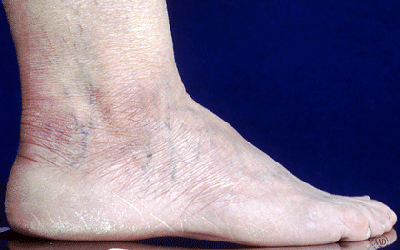

Diseases of the heart muscle (cardiomyopathy). Various other conditions can also cause heart failure - for example: See the separate leaflets called Angina and Heart Attack (Myocardial Infarction) for more details. In particular, heart failure may develop after a heart attack (myocardial infarction). Conditions that may cause heart failure include the following:Ĭoronary heart disease (CHD) is the most common, or main, cause of heart failure. Conditions that cause heart failure affect the ability of the heart to function well as a pump. 
Heart failure is a general umbrella term and may develop as a complication of various conditions. In people aged 65-74, around one in 35 have heart failure. In the UK around one in seven people aged 85 or more have heart failure. It is commonly diagnosed in people in their 70s. Heart failure becomes more common as people become older. With any physical activity you have increased symptoms and discomfort.Ībout 920,000 people in the UK currently have heart failure.There are around 67,000 admissions to hospital for heart failure in England and Wales each year.
Class 4 (severe) - you are unable to carry out any physical activity without developing breathlessness, fatigue, or palpitations. Class 3 (moderate) - although comfortable at rest, slight physical activity such as dressing yourself causes breathlessness, fatigue, or palpitations. However, ordinary physical activity such as walking causes some breathlessness, fatigue, or palpitations. Class 2 (mild) - you are comfortable at rest. However, tests (perhaps done for other reasons) may have detected mild heart failure. Class 1 (very mild) - ordinary physical activity does not cause breathlessness, extreme tiredness (fatigue), or palpitations. The severity of heart failure is often graded into four classes or stages: For example, chest pains if you have angina, the sensation of having a 'thumping heart' (palpitations) if you have a heart rhythm problem, etc. Feeling light-headed or dizzy or having fainting spells.ĭepending on the underlying cause for the heart failure, you may also have other symptoms. It can also cause swelling of your legs, bottom or tummy. Most commonly this shows as swollen ankles. This may occur when you exert yourself, when you lie flat, or even wake you when you are asleep. Distinguishing between the two is important as it will affect the treatment which is used.įor further information about the heart itself, see the leaflet called Anatomy of the heart and blood vessels. If more than 40% is pumped out, it is called heart failure with preserved ejection fraction. If less than 40% of the blood is pumped out, this is called heart failure with reduced ejection fraction. It is normal for some of the blood to be left behind with each beat but usually at least half the blood is pumped out with every beat. The term ejection fraction means the amount (percentage or fraction) of the blood in the biggest chamber of the heart (the left ventricle) that is pumped out (ejected) with each heartbeat before it fills up again for the next beat. Heart failure is also divided into types depending on how much blood the heart manages to pump out in each heartbeat. If you have chronic heart failure, it is possible to develop acute heart failure if matters suddenly become worse. 
As a general rule, you will often be admitted to hospital if you have acute heart failure, whereas if you have chronic heart failure you will probably have tests done as an outpatient. If the symptoms have been going on for some time, it is called chronic heart failure. It is called acute heart failure if it has made you unwell quite suddenly. Heart failure is divided into types according to how suddenly it has come on.
#PICTURES OF SWOLLEN ANKLES DUE TO CONGESTIVE HEART FAILURE FULL#
If you have heart failure, your heart cannot cope with pumping the full amount of blood in each heartbeat. In a normal healthy heart, during each heartbeat a set amount of blood enters the heart and is pumped out again.







 0 kommentar(er)
0 kommentar(er)
